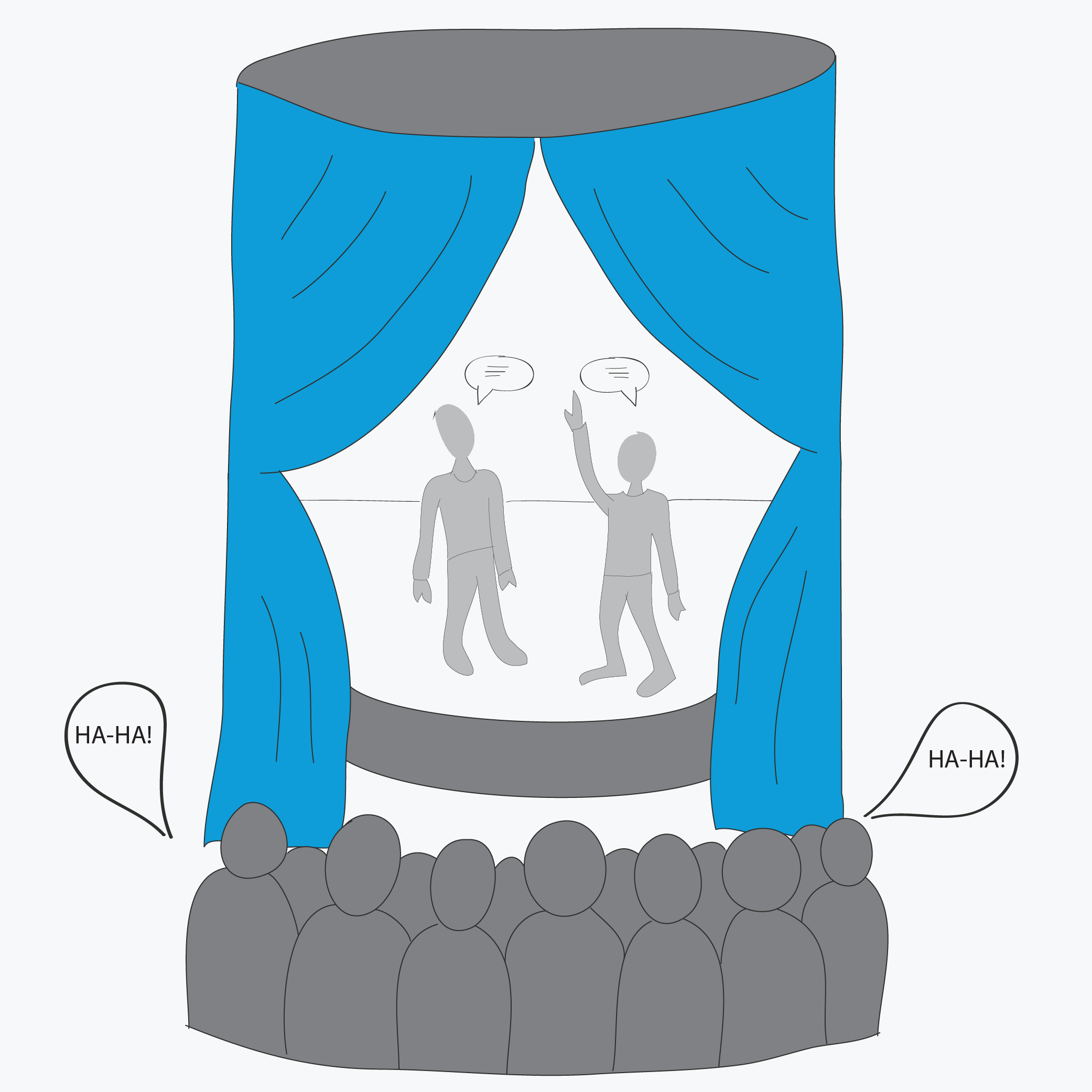The Role-play
Why?
A role-play is an improvised or fictitious scenario that allows the students to put various contexts, concepts, users and stakeholders into play. Thus, the method helps the students discover and define needs, values and problems in different contextual settings. Moreover, by using their body, the students also get to express their tactic knowledge, which is often more difficult to transfer to others.
How?
This method works much like improvised comedy. Firstly, the students need to decide the situation that they want to put into play, ‘What is the scenario and which roles does it include?’ Next, some students become actors while others become audience. After each act, the actors ask their audience how they perceived the scenario and what they can do differently. Based on the feedback from the audience, they play the scenario again.
During the activity, the students can take turns at acting the scenario. This creates an active environment that includes all the students in the process of working with the problem definition.
Tips
The students take photos or record the role-play with their mobile phones. This visual material provides a good basis for the subsequent discussion: ‘How did it feel?’, ‘What needs and values can we identify?’ and ‘What problems or conflicts did we encounter?’ Moreover, the method also works well for building up different characters of users (see Personas or Fast Characters).
Literature
Brandt, E., & Grunnet, C. (2000, November). Evoking the future: Drama and props in user centered design. In Proceedings of Participatory Design Conference (PDC 2000) (pp. 11-20).

